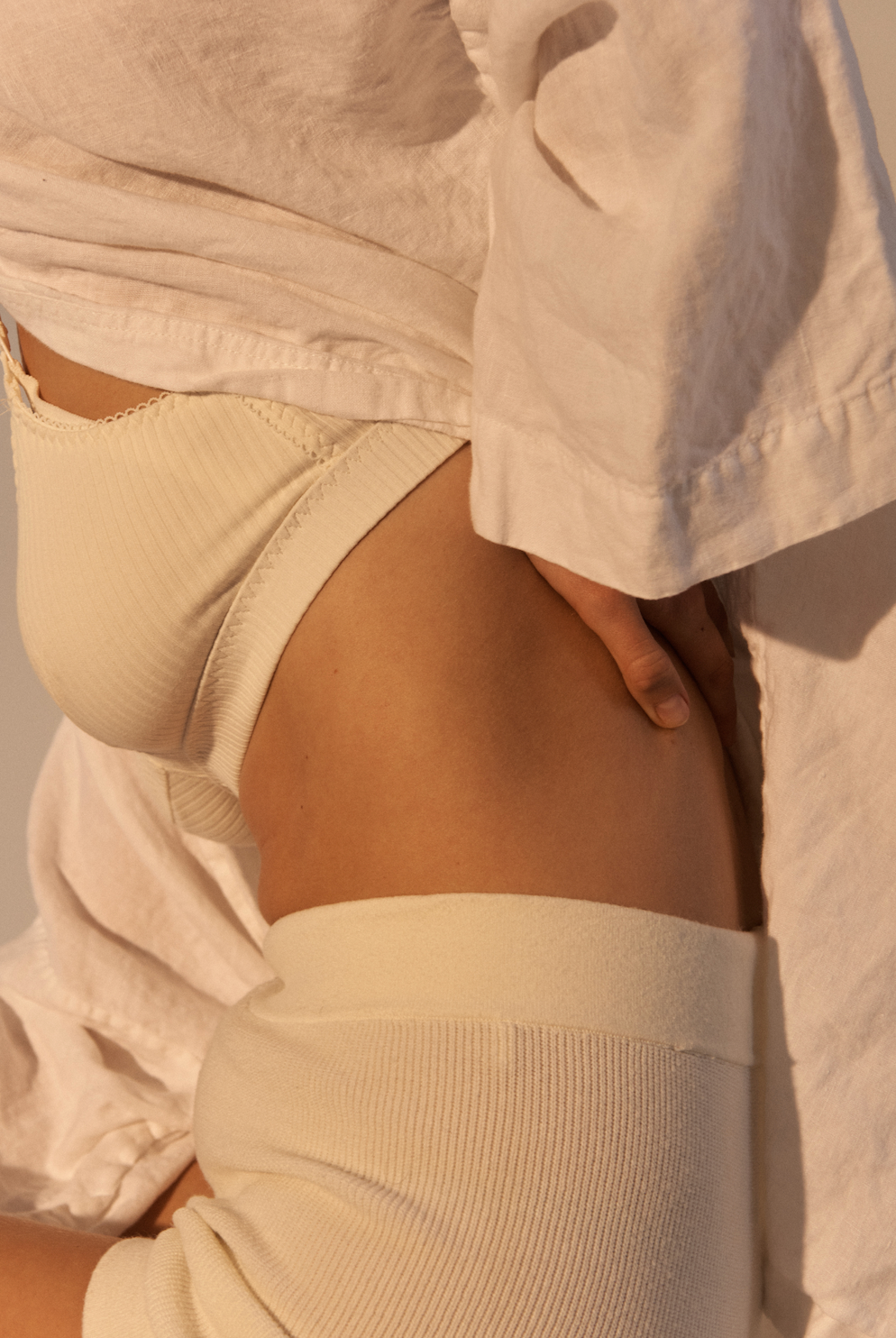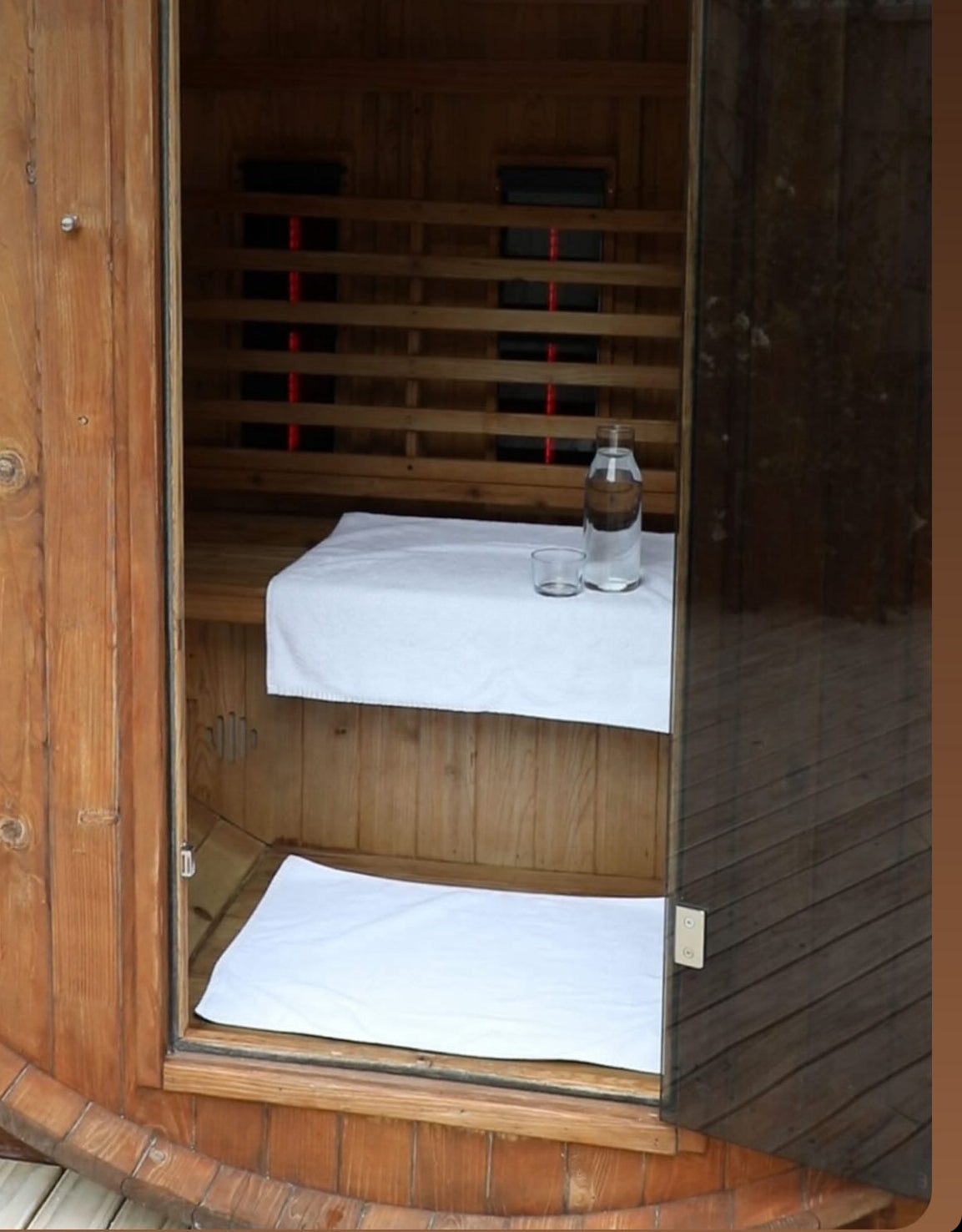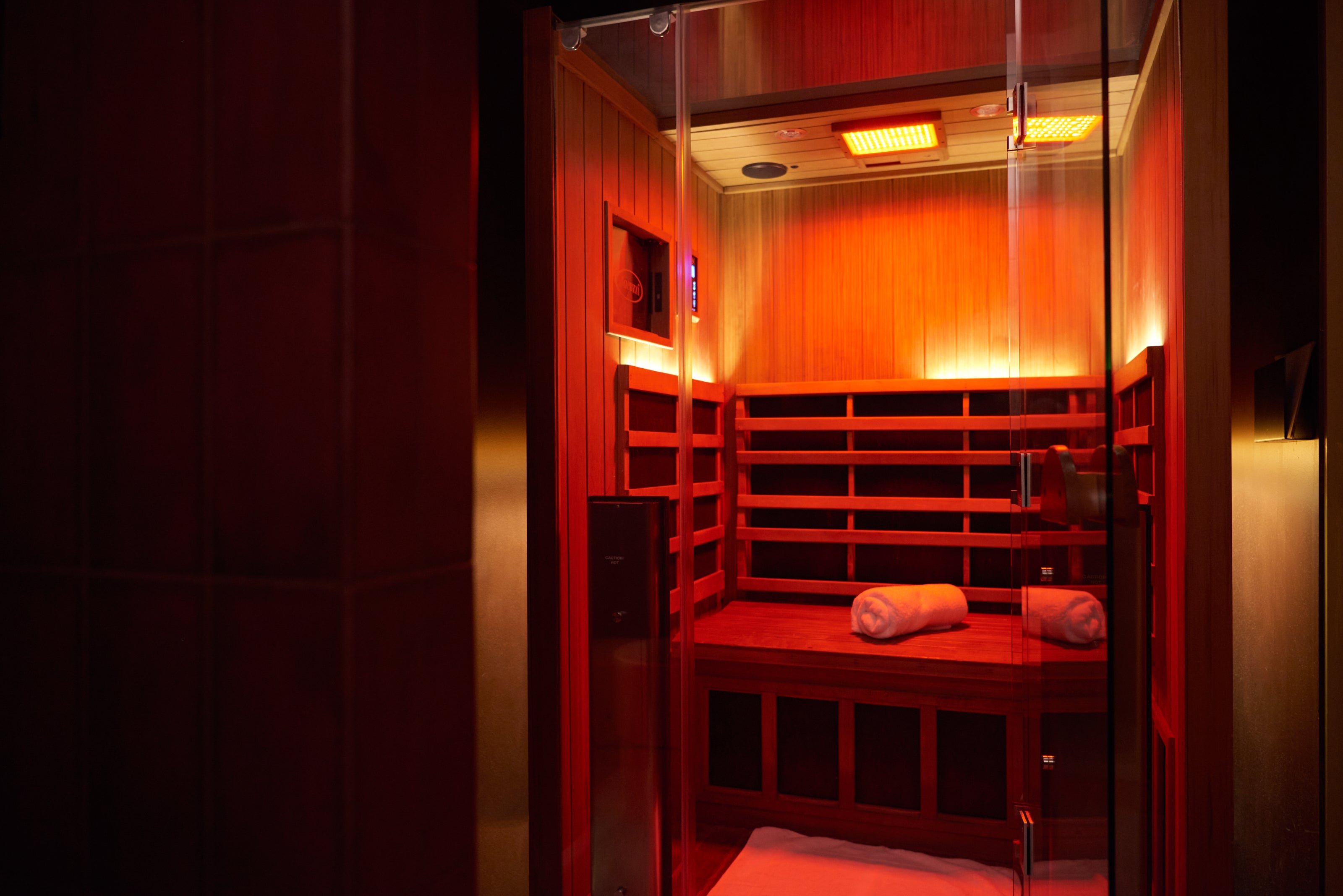How Yoga and Pilates Can Benefit Your 2025 Recovery Along With Saunas
The Role of Recovery in Wellness
Recovery is an essential part of any fitness or wellness routine. Whether you’re an athlete, a weekend warrior, or someone simply looking to improve your health, proper recovery allows your body to repair, rebuild, and adapt to physical stress. Neglecting recovery can lead to burnout, injuries, and diminished performance.
Incorporating yoga, pilates, and infrared sauna sessions into your recovery routine can enhance flexibility, reduce muscle soreness, and promote relaxation. These practices are especially beneficial for those living active lifestyles in Australia’s outdoor-friendly climate, where surfing, hiking, and fitness culture are integral parts of life.
Yoga: A Holistic Approach to Recovery
Yoga is a centuries-old practice that combines physical postures, breathwork, and meditation. It offers numerous recovery benefits, including improved flexibility, reduced muscle tension, and enhanced mental clarity.
Physical Benefits of Yoga for Recovery
Yoga focuses on stretching and lengthening muscles, which helps release tension and reduce the risk of injury. After intense workouts, muscles can become tight and sore. Yoga poses like downward dog, child’s pose, and pigeon pose target common areas of tension such as the hamstrings, hips, and lower back.
Additionally, yoga can improve joint mobility and alignment, which is crucial for athletes and fitness enthusiasts who engage in repetitive movements. By enhancing the range of motion, yoga can prevent overuse injuries and improve overall performance.

Mental and Emotional Benefits
Recovery isn’t just about the body; it’s also about the mind. Stress and mental fatigue can hinder physical recovery. Yoga incorporates mindfulness and breath control, which help reduce stress levels, lower cortisol, and improve sleep quality. Practices like Yin Yoga or Restorative Yoga are particularly beneficial for deep relaxation and recovery.
In Australia, many yoga studios are now offering specialized recovery-focused classes. These sessions often include gentle stretches, guided meditations, and breathwork to promote holistic healing.
Pilates: Strengthening the Core for Better Recovery
Pilates is a low-impact exercise method that emphasizes core strength, flexibility, and controlled movement. It’s an excellent complement to any recovery routine, especially for individuals looking to improve posture, balance, and muscular endurance.
[WATCH: this snippet of Laura McDonald from Peaches Pilates in Byron, shot at our NIMBUS CO Byron Bay studio, where Laura ran several pilates sessions from our stunning courtyard]
Core Strength and Stability
A strong core is essential for efficient movement and injury prevention. Pilates exercises like the plank, the hundred, and leg circles target deep core muscles that support the spine and pelvis. Strengthening these muscles can alleviate back pain and improve overall stability, which is vital for athletes and active individuals.
Flexibility and Muscle Balance
Pilates also focuses on lengthening muscles through controlled, precise movements. This helps release tension in overworked muscles and improve flexibility. Balanced muscle development is crucial for preventing imbalances that can lead to injuries.
For those who engage in high-impact sports like running or surfing, Pilates can help address imbalances caused by repetitive motion. In Australia, many wellness retreats and studios now offer Pilates recovery classes, often incorporating props like resistance bands and foam rollers for added benefits.
Mind-Body Connection
Like yoga, pilates emphasises the mind-body connection. Controlled breathing and mindful movement are central to the practice, helping individuals become more aware of their bodies and movement patterns. This awareness can lead to better form and reduced risk of injury during other physical activities.
Sauna Therapy: The Heat Advantage for Recovery
Sauna therapy has been used for centuries across different cultures to promote relaxation and detoxification. In recent years, it has gained popularity in the wellness industry for its recovery benefits. Infrared saunas, in particular, have become a staple in many Australian wellness centers.
Muscle Relaxation and Pain Relief
Heat from a sauna helps increase blood circulation, which can reduce muscle soreness and accelerate the healing process. After a strenuous workout, spending time in a sauna can relax tight muscles and alleviate pain.
Infrared saunas, which penetrate deeper into the skin, are particularly effective for reducing inflammation and promoting recovery at a cellular level. Many athletes use infrared saunas to reduce recovery time and improve performance.
Detoxification
Sweating in a sauna helps flush out toxins from the body. While the primary function of sweating is to regulate body temperature, it also aids in the elimination of heavy metals and other harmful substances. This detoxification process can enhance overall health and support recovery.
Mental Health Benefits
The mental health benefits of sauna therapy are often overlooked. The heat promotes relaxation, reduces stress, and can even improve mood. Regular sauna sessions can help individuals manage stress and anxiety, which are critical for holistic recovery.
In Australia, sauna therapy is becoming increasingly accessible, with many gyms, wellness centres, and even boutique hotels offering sauna facilities. Infrared sauna sessions are particularly popular, as they provide a more comfortable experience compared to traditional saunas.
Combining Yoga, Pilates, and Sauna for Optimal Recovery
While each of these practices offers unique recovery benefits, combining yoga, Pilates, and sauna therapy can create a powerful recovery routine. Here’s how to incorporate them effectively:
-
Start with Pilates: Begin your recovery session with Pilates to activate the core, improve posture, and stretch tight muscles.
-
Move into Yoga: Transition into a yoga session to further stretch and lengthen muscles, reduce tension, and promote mindfulness.
-
End with Sauna Therapy: Finish your recovery routine with a sauna session to relax muscles, increase circulation, and detoxify the body.
Many Australian wellness centres now offer packages that include yoga, Pilates, and sauna therapy, making it easier to incorporate all three into your recovery plan.
[WATCH: this 18-minute morning flow yoga practice from our NIMBUS CO Byron Bay manager Caterina Boutagy. Shot at our Byron Bay studio, this courtyard practice will set you up for the day ahead.]
Embracing the Wellness Culture in Australia
Australia’s wellness culture is deeply rooted in a love for outdoor activities, healthy living, and holistic health practices. The combination of yoga, Pilates, and sauna therapy aligns perfectly with this lifestyle, offering natural and effective ways to recover from physical activity and manage stress.
From the bustling wellness scenes in Sydney and Melbourne to the tranquil retreats in Byron Bay and the Sunshine Coast, there are countless opportunities to embrace these practices. Whether you’re attending a weekend wellness retreat or simply incorporating these recovery methods into your daily routine, the benefits are undeniable.
Final Thoughts
Recovery is an essential component of any wellness journey, and incorporating yoga, pilates, and sauna therapy can enhance your recovery process. These practices offer a holistic approach to healing, addressing both physical and mental well-being.
In Australia’s thriving wellness industry, there’s no shortage of options to explore with yoga, pilates and now more recently, saunas, taking the lead. By integrating these practices like yoga into your recovery routine, you’ll not only improve your physical performance but also enhance your overall quality of life. So, whether you’re an athlete, a fitness enthusiast, or someone seeking better health, give yoga, pilates, and of course infrared sauna therapy with us at NIMBUS CO a try – your body and mind will thank you.
Words: Neil O'Sullivan, co-founder NIMBUS CO









